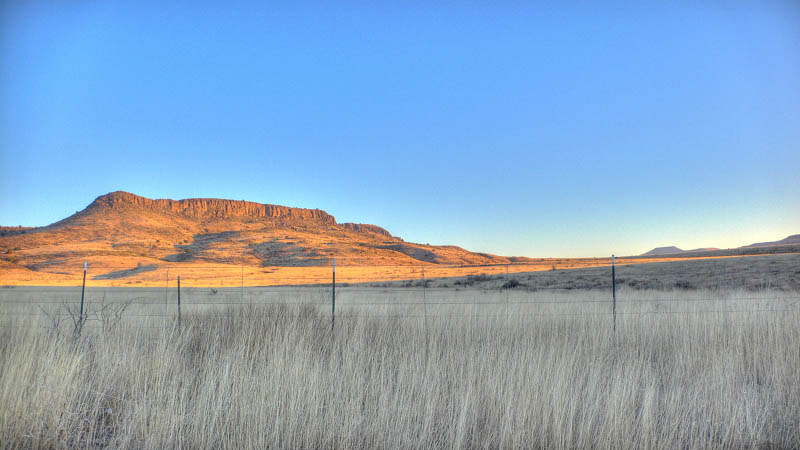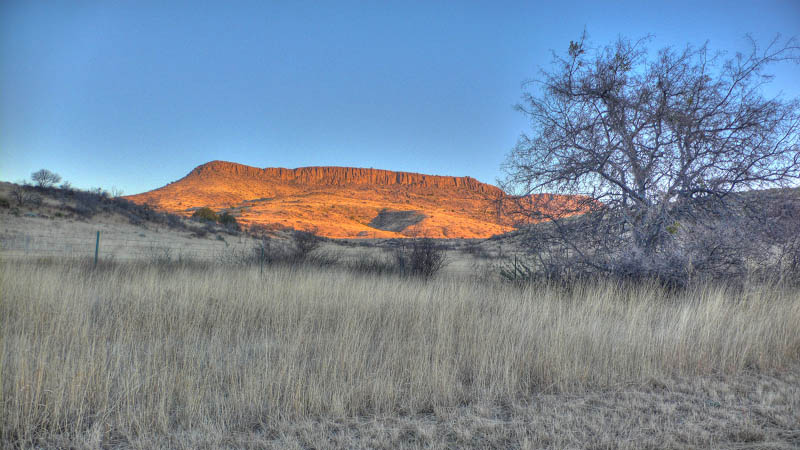
Tarantula: Wikipedia | Clusty. Big Bend National Park.

Tarantula: Wikipedia | Clusty. Big Bend National Park.


Happy New Year!
Royce Fraley has surfed the unforgiving, storm-swelled waves of Northern California for three decades, and also — by chance — explored the hunting habits and appetites of great white sharks.
But this holiday season he’s spending time ashore in Guerneville with his wife and their two young children. He hasn’t been surfing since his latest brush with fate. Two weeks ago, he became one of the world’s few surfers to have survived two separate shark attacks — the latest incident involving a shark that pulled him at least 15 feet below the surface.
“I’m not chomping at the bit to get back into the water,” Fraley, 43, told The Chronicle. “I had an offer to go surfing with a buddy last Sunday, and I declined. I’m definitely taking a break and enjoying my family. … If my feet were dangling down, I might not even have a leg or be here today. It’s made me more respectful of my life and my family.”
These two beautiful arches are located near the Blue Caves at the north end of the Greek island of Zakynthos. Unfortunately the boat trip from the city of Zakynthos to the Blue Caves no longer visits these arches. Photo by Dimitris Raptis, who has a very nice web page about the island of Zakynthos.
Plano does represent the New Economy, built on skilled, creative people. But it fits neither Brooks’s emphasis on bohemianism among the professional classes nor Richard Florida’s new industrial policy prescribing groovy uptowns with lots of gays. As Harvard economist Edward Glaeser wrote in a review of Florida’s The Rise of the Creative Class: “I’ve studied a lot of creative people. Most of them like what most well-off people like—big suburban lots with easy commutes by automobile and safe streets and good schools and low taxes. . . . Plano, Texas was the most successful skilled city in the 1990s (measured by population growth)—it’s not exactly a Bohemian paradise.”
In fact, Plano boomed because it’s cheap—the Stein Mart of towns. It allows residents to live a scaled-up, globalized version of the family-centered life of the postwar suburbs, a twenty-first-century Wonder Years. While you can find a $7 million estate in Plano, you can also buy a perfectly reasonable vintage ranch house, possibly with a pool, for less than $200,000. From that address, you can send your kids to excellent public schools. By contrast, on Kaus’s modest street in Venice, a tiny two-bedroom, one-bath bungalow was recently on the market for $754,000, making it one of the cheapest houses in the area (and the schools are lousy).
Plano is the home of Frito-Lay, EDS, JC Penney, Cadbury Schweppes, Ericsson, among others.
Jim Sensenbrenner’s (5th) constituents would seem to have little in common with Tammy Baldwin’s (3rd) constituents.
Sensenbrenner’s heavily suburban U.S. House district is the state’s most conservative. Baldwin’s, anchored in Madison, may be its most liberal.
But voters in both places have come to share a striking distinction: They flock to the polls in greater numbers than voters almost anywhere else in the country.
More than 314,000 people voted in the Republican Sensenbrenner’s 5th District on Nov. 7, and more than 304,000 voted in the Democrat Baldwin’s 2nd District.
Only two congressional districts in the nation produced more votes, and both are at-large, statewide seats (Montana and South Dakota) that have a lot more people than other districts.
Wisconsin Senator Russ Feingold addressed the Madison Civics Club yesterday. His speech addressed the Long War. Adam Malecek was there:
Feingold said that Africa also presents a number of critical issues related to terrorism, and that it is a growing haven for many terrorist operatives. He noted that terrorists blew up American embassies in Africa, not in Afghanistan or Iraq, and that the culprits went to South Africa to hide.
He said even though he was well-educated and studied abroad, at 39 years old he didn’t know anything about Africa — and he was on the Foreign Relations committee.
“And I spent 15 years since learning about (Africa). But I offer that as a commentary on how prepared this country was on 9/11,” he said.
Feingold pointed out the fact that the northern part of Africa is only about 20 miles from the Middle East.
“But we don’t think of them that way. We think of them as separate,” he said, adding that the United States needs to work on determining the complicated interrelationships between various nations and terrorist groups.
Useful sites on the Long War:
Andy Hall has more as does Douglas Schuette.
Alan Berube, Audrey Singer, Jill H. Wilson, and William H. Frey of [1.5MB PDF] The Brookings Institution:
- Madison 2000 Census Population: 501,774
- Total Exurban Population: 110,127
- Percentage Exurban: 21.9%
UW-Madison Grad Anthony Shadid:
It had been almost a year since I was in the Iraqi capital, where I worked as a reporter in the days of Saddam Hussein, the U.S.-led invasion in 2003, and the occupation, guerrilla war and religious resurgence that followed. On my return, it was difficult to grasp how atomized and violent the 1,250-year-old city has become. Even on the worst days, I had always found Baghdad’s most redeeming quality to be its resilience, a tenacious refusal among people I met over three years to surrender to the chaos unleashed when the Americans arrived. That resilience is gone, overwhelmed by civil war, anarchy or whatever term could possibly fit. Baghdad now is convulsed by hatred, paralyzed by suspicion; fear has forced many to leave. Carnage its rhythm and despair its mantra, the capital, it seems, no longer embraces life.
“A city of ghosts,” a friend told me, her tone almost funereal.